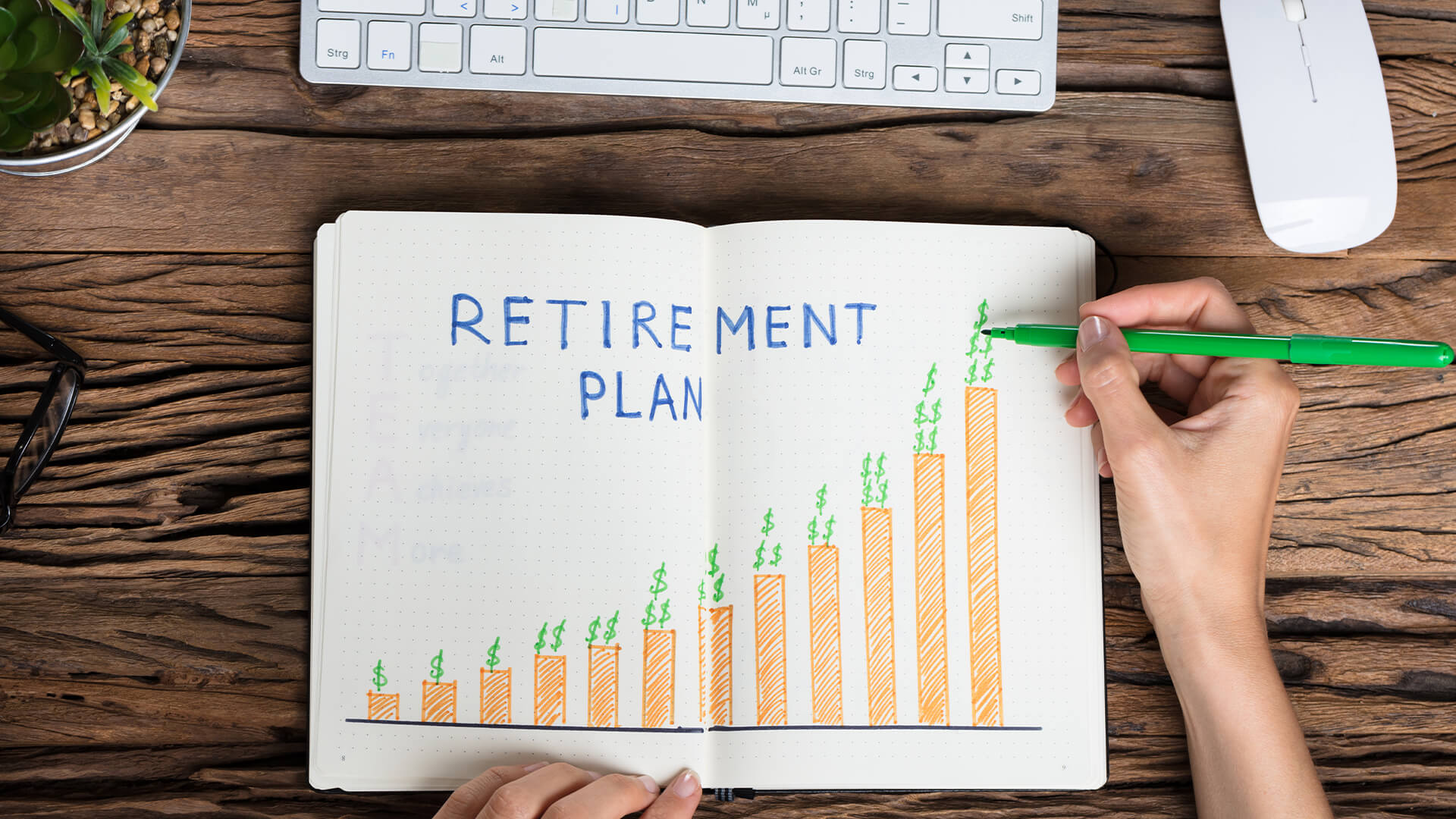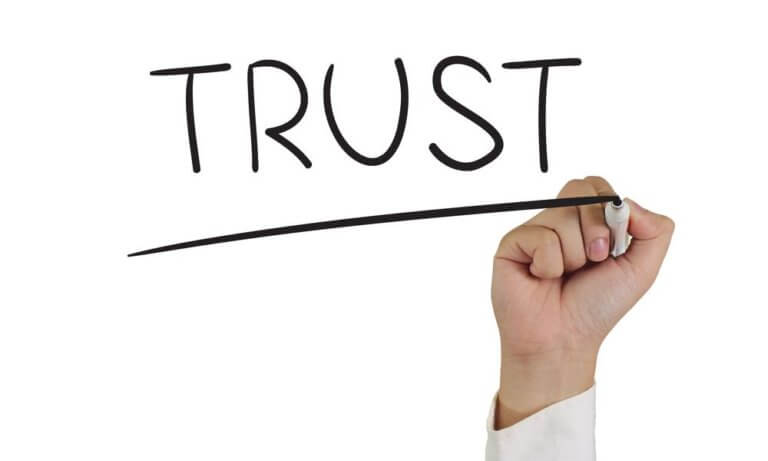
You don’t want to hit retirement age with no savings. Doing that will leave you dependent on your family and government-issued benefits, or worse — it will push you to keep working for much longer than you’d like. You want a comfortable nest egg that you can rely on through all of your golden years.
These three tips will help you build up your nest egg.
1. Make an Emergency Fund
What do emergency funds and retirement funds have to do with one another? Without an emergency fund, it can be tempting to turn to your large pool of retirement savings to remedy an urgent, unplanned expense. But this comes with consequences.
Withdrawals before you’re 59 ½ typically come with early distribution penalties that will reduce your amount of funds. Your withdrawals will also be counted as taxable income. You will end up with much less than you originally removed to cover the emergency expense, and your nest egg will be a little smaller for your retirement.
You can avoid this tricky situation by making yourself an emergency fund. If you suddenly face an emergency expense, you can dip into your emergency fund to access the necessary savings to cover it. You don’t have to worry about early withdrawal penalties, and you certainly don’t have to worry about how the decision will affect your retirement. That nest egg can remain untouched.
What if you don’t have enough savings? You should still try your best not to touch your retirement fund. If you need to cover an urgent, unplanned expense, try to cover it using your credit card or a personal online loan.
When searching for an online loan, make sure it’s available in your state of residence. So, if you happen to live in Little Rock, you should look for Arkansas online loans to manage an emergency expense. This simple trick will help you find loans that are available in Arkansas.
2. Match 401(k) Contributions
Do you have a 401(k) through your workplace? Then, you should take advantage of 401(k) matching. This is when employers agree to match a portion of your contributions, meaning you can automatically boost your savings.
Employers will have limits on how much of your contribution they are willing to match — this is sometimes based on your experience at the company. Employees that have been with the company for a shorter amount of time will typically have lower matching contribution rates. Over time, their rates will rise until they become fully vested.
3. Open an IRA
You can have a 401(k) and an Individual Retirement Account (IRA) at the same time. An IRA is a tax-advantaged retirement account that you can store additional savings into once you’ve maxed out 401(k) contributions. An IRA has a much smaller contribution limit than your 401(k), so it’s perfect for this secondary savings role.
One of the biggest benefits of an IRA is that you get to choose from a diverse array of investment options to help your savings grow. You can invest in stocks, bonds, mutual funds, etc. With a 401(k) plan, your investment options will be fairly limited and chosen by your employer.
If your employer doesn’t offer a 401(k), you should definitely open up an IRA as your main retirement account. For a secondary retirement savings account, you can store funds in a high-yield savings account. This is an excellent alternative because your balance will grow with compounding interest and contributions over time.
Start building up your retirement savings now. You’ll be grateful you started saving early when you’re older.























